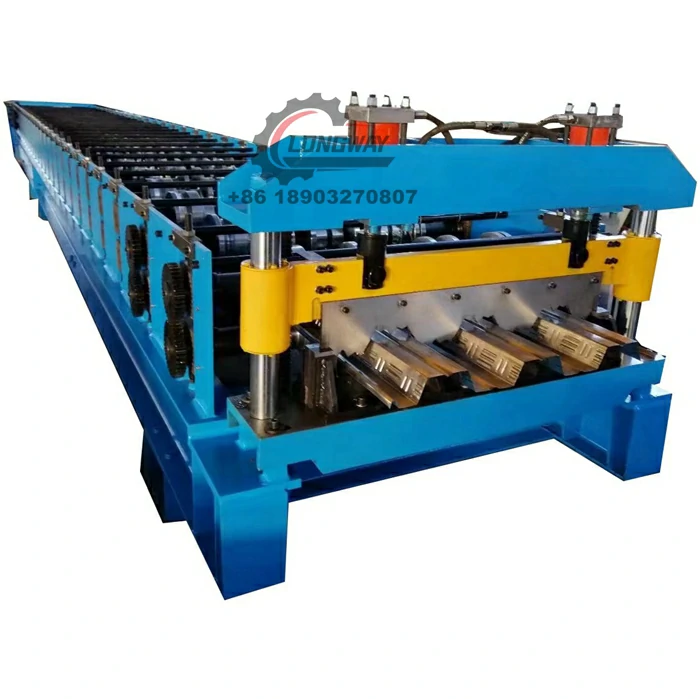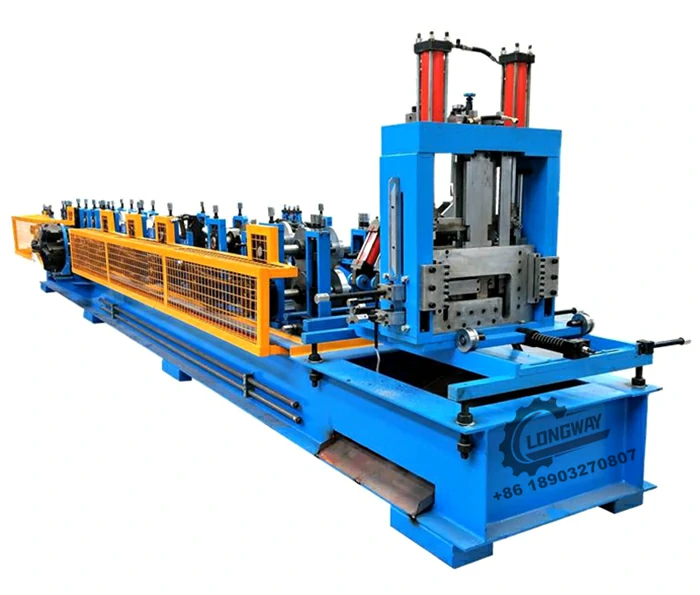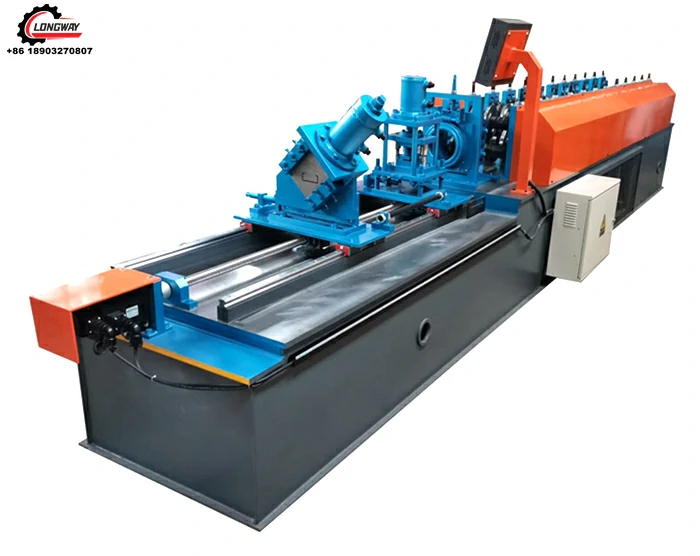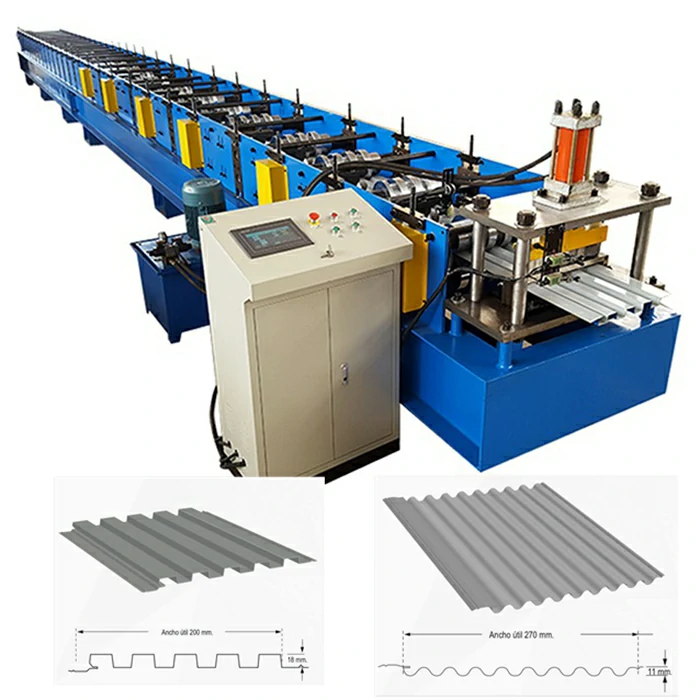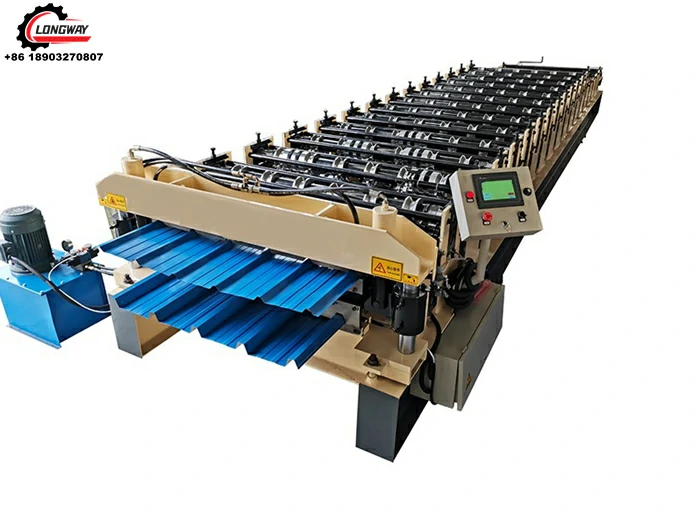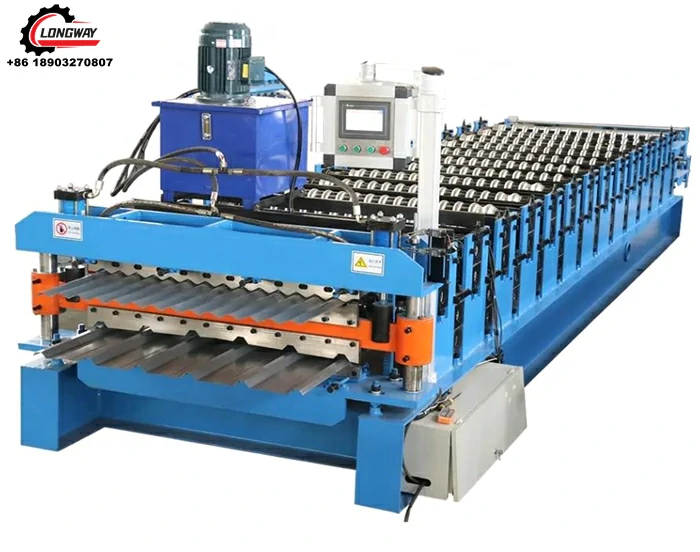High Precision Coil Slitting Line Manufacturer & Factory Reliable Manufacturers
- Introduction to coil slitting line
and its industrial relevance. - Comprehensive overview of technological advancements and features.
- Comparative analysis of top coil slitting line manufacturers using data tables.
- Evaluation of customization capabilities and flexible solutions.
- Examination of specific industry applications and case references.
- Analysis of operational efficiency, maintenance, and ROI considerations.
- Conclusion summarizing the role of a coil slitting line manufacturer in modern metal processing.
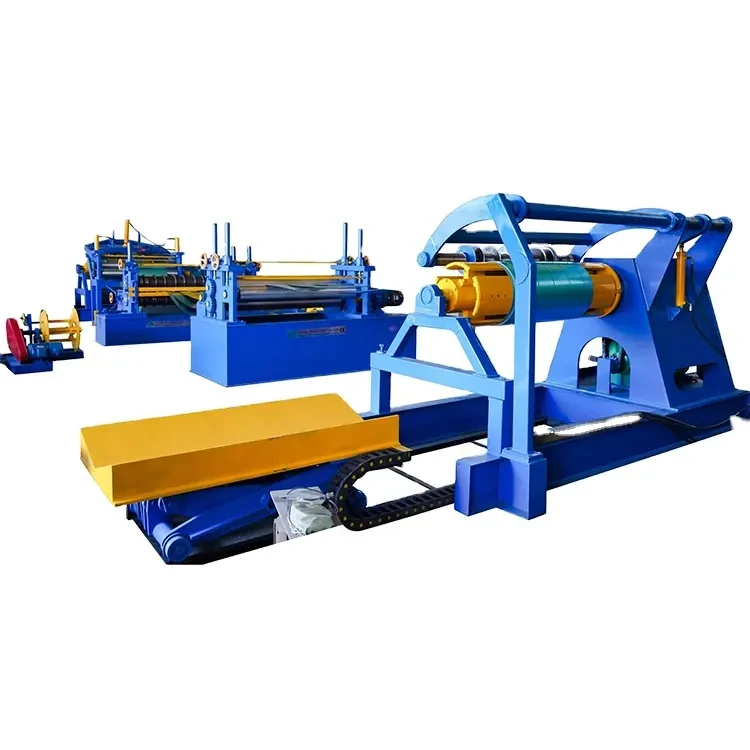
(coil slitting line)
Understanding the Value of a Coil Slitting Line in Metal Processing
In today's highly competitive manufacturing environment, precision and efficiency are critical success factors. Coil slitting line technology plays a pivotal role in the metal processing industry, ensuring that wide coils of steel, aluminum, or other metals are transformed into narrower strips to meet diverse application demands. These lines are fundamental across sectors such as automotive, construction, appliance manufacturing, and electrical equipment, offering high degree of reproducibility and minimal material wastage. A reliable slitting line system accelerates throughput, supports complex production schedules, and delivers materials in formats that align perfectly with end-use specifications. In recent years, requirements for tighter tolerances and increased automation in slitting lines have grown substantially — reflecting the industry's pursuit of greater product uniformity and lower labor dependency.
As demand intensifies, both end-users and industry professionals seek reputable coil slitting line manufacturers and factories that bring innovative engineering, advanced automation, and robust after-sales support to the table. Selecting the right system impacts not only immediate productivity but also the long-term agility and profitability of a manufacturing enterprise.
Technical Evolution and Distinct Advantages
The technical parameters defining state-of-the-art coil slitting lines revolve around speed, precision, and adaptability. Modern lines operate at speeds exceeding 200 meters per minute, with material thickness ranging from as thin as 0.15 mm up to 10 mm or more, serving a broad spectrum of industries. Automated edge-guiding devices and computer-integrated controls ensure coil alignment and precise slit width, essential for minimizing scrap and complying with stringent quality standards.
Today’s leading-edge systems include features such as rapid tool-changing mechanisms, servo-driven slitters, and programmable logic controls (PLC) that allow seamless integration into Industry 4.0 environments. Energy consumption is optimized by variable frequency drives, reducing operational costs and environmental footprint. According to industry sources, implementing advanced coil slitting lines can yield up to 20% savings in energy and 30% reduction in downtime compared with models introduced five years ago.
Enhanced operator interfaces, comprehensive fault diagnostic systems, and adaptive tension controls are now inherent to premium solutions, lowering maintenance requirements while increasing safety and throughput capacity. These advances translate directly to improved return on investment and fewer unplanned stoppages.
Manufacturer Comparison: Data-Driven Insights
Choosing from the array of coil slitting line manufacturers is a strategic decision. To provide clear insights, below is a comparative table highlighting key metrics among prominent manufacturers over the past two years. The comparison addresses throughput speed, dimensional accuracy, automation level, service network, and customizability score.
| Manufacturer | Max Speed (m/min) | Accuracy (+/- mm) | Automation Grade | Global Service Centers | Customizability Score | Annual Output Lines |
|---|---|---|---|---|---|---|
| LineTech Industries | 280 | ±0.05 | Full (PLC+IoT) | 22 | 9.6/10 | 58 |
| SteelSys Manufacturing | 210 | ±0.08 | Partial (PLC) | 14 | 8.8/10 | 41 |
| ProSlit Machinery | 190 | ±0.10 | Semi-Auto | 11 | 7.7/10 | 37 |
| MetalFlow Factory | 230 | ±0.07 | Full (PLC+Remote) | 18 | 9.2/10 | 53 |
Customizability Score is based on user surveys and expert feedback reflecting how flexibly each supplier can tailor slitting line specifications to client needs.
Customization Capabilities: Meeting Specific Industry Demands
Every application presents unique requirements regarding coil width, gauge, line speed, material characteristics, and downstream integration. Leading coil slitting line manufacturers and their factories invest significantly in engineering agility, enabling modular design architectures to accommodate an array of coil weights, widths, and handling conditions.
Custom solutions can range from heavy-gauge steel for infrastructure projects, requiring reinforced uncoilers and tensioner reels, to ultra-thin aluminum lines for packaging or electronics, emphasizing micron-level accuracy and ultra-clean processing. Features such as automatic knife setting, motorized spacer bars, and advanced scrap handling can be adapted or offered as per order.
According to 2023 industry reports, over 65% of new coil slitting lines shipped now include at least three owner-specified custom modules, underscoring the need for flexible engineering. Communication during the design and pre-commissioning phase is paramount between manufacturers and clients to ensure all technical targets and compliance directives are met, particularly for industries with elevated certifications such as automotive (IATF 16949), energy, or medical fabrication.
Application Case Studies: Coil Slitting Line Excellence in Action
The versatility of modern slitting line systems is best illustrated through real-world industry examples:
- Automotive OEMs: A German automotive components supplier upgraded to a high-speed coil slitting line from LineTech Industries, resulting in a 28% higher output and reducing raw material scrap by 17% within the first year of operation.
- Electrical Manufacturers: An Asian transformer manufacturer integrated SteelSys Manufacturing’s line, which features automatic tool changeovers, allowing more than 12 slit variations per day—achieving unmatched flexibility while maintaining a 0.07 mm width tolerance.
- Construction Firms: US-based MetalFlow Factory equipped its production plant with heavy-duty slitting lines capable of handling 30-ton coils, streamlining their supply chain and cutting downtime in half.
- Consumer Appliance Brands: ProSlit Machinery provided a customized, compact slitting solution enabling appliance makers to increase line density in limited factory spaces, directly resulting in a 22% increase in finished output.
These diverse case studies demonstrate measurable improvements in throughput, material yield, and product quality—proving the tangible benefits conferred by advanced slitting technologies and expert manufacturers.
Optimizing Performance: Maintenance, Efficiency, and ROI
Beyond initial capability, the ongoing performance and maintainability of a coil slitting line heavily influence operational continuity and total lifecycle costs. Manufacturers differentiate themselves by offering predictive maintenance features, remote diagnostics, and tailored training for operator teams. These strategies extend service intervals and support consistent quality output.
Downtime statistics reveal that facilities implementing predictive maintenance and remote support from their slitting line manufacturers experience up to 30% fewer unscheduled stoppages. Furthermore, user case data from 2022–2023 indicates that investments in premium, highly automated slitting lines see a typical payback period of 18–28 months, compared to 36–44 months for entry-level or semi-automatic lines.
Lifecycle support, including spare parts logistics and firmware updates, ensures sustained output at optimal cost efficiency, reinforcing the importance of selecting a manufacturer with a strong global support network and transparent total cost of ownership policies.
The Evolving Role of the Coil Slitting Line Manufacturer in Industry 4.0
The continuous advancement of industrial automation underscores the necessity of partnering with a forward-looking coil slitting line manufacturer. As each generation of slitting technology achieves new levels of speed, precision, and integration, manufacturers and their factories carry the responsibility of delivering not only machinery but comprehensive process solutions—enabling their clients to stay agile, cost-efficient, and compliant in fast-changing markets.
In conclusion, a strategic alliance with the right coil slitting line manufacturer positions metal processors to exploit technical breakthroughs, realize optimal ROI, and remain competitive in a globalized, quality-focused industry landscape. Data-driven assessment, rigorous custom engineering, and robust lifecycle support are the pillars of success in this demanding arena.
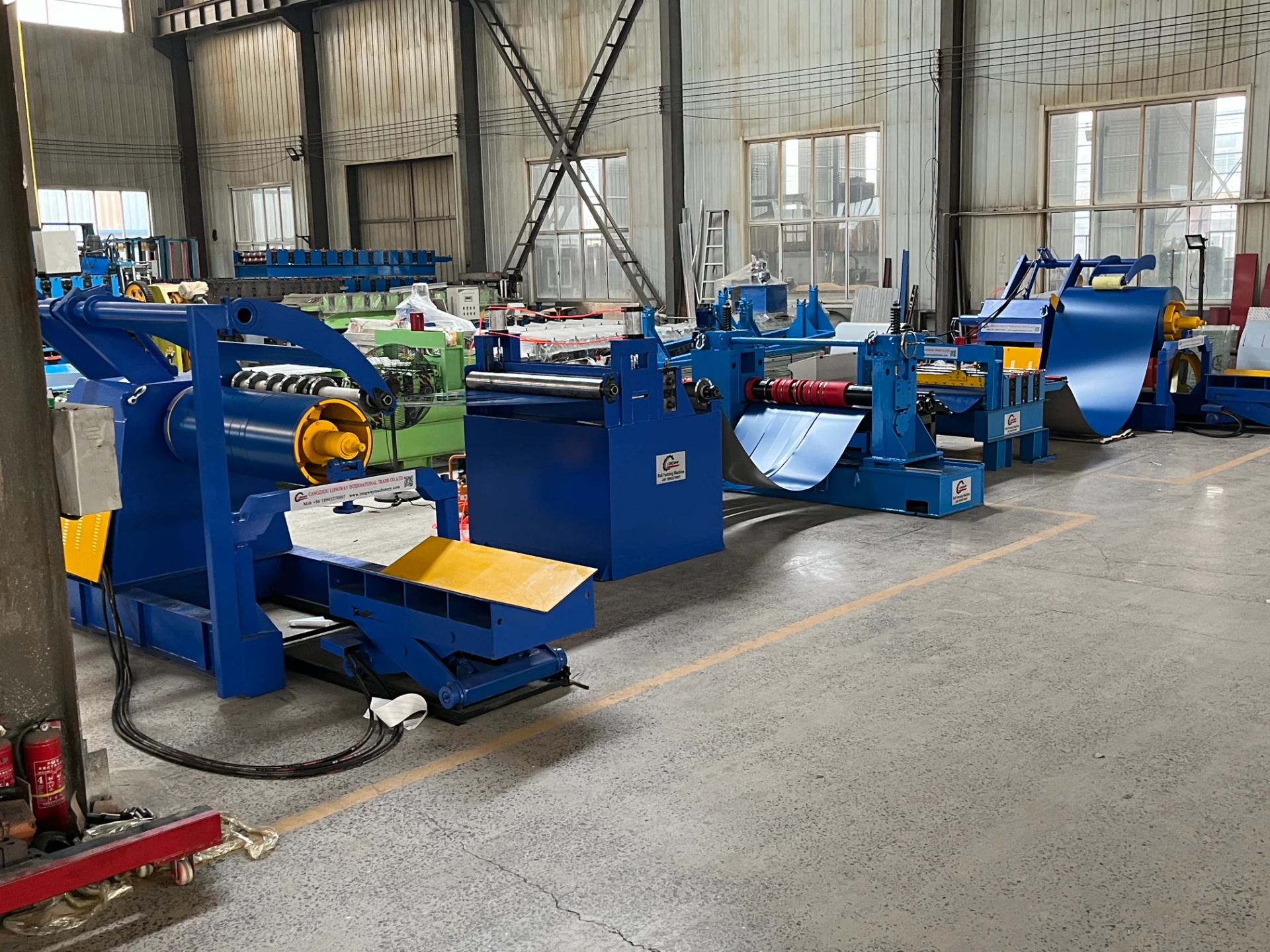
(coil slitting line)
FAQS on coil slitting line
Q: What is a coil slitting line?
A: A coil slitting line is a machine used to cut wide coils of metal into narrower strips. It improves material handling and processing efficiency. These strips are typically used in various manufacturing industries.Q: How do I choose a reliable coil slitting line manufacturer?
A: Look for manufacturers with strong experience, positive client reviews, and advanced technology. Certifications and after-sales support are also important. Comparing several coil slitting line manufacturers helps ensure quality and value.Q: What services do coil slitting line manufacturer factories offer?
A: Most factories provide custom design, installation, and technical support. They may also offer training and maintenance services. These ensure optimal performance and longevity of the equipment.Q: Can coil slitting line manufacturers customize machines for specific needs?
A: Yes, reputable manufacturers design coil slitting lines according to your materials and production requirements. Customization may include line speed, slit width, and automation features. Consult the factory to discuss your needs in detail.Q: What industries use coil slitting lines from top manufacturers?
A: Coil slitting lines are widely used in automotive, construction, appliance, and electronics industries. They help process steel, aluminum, and other metal coils efficiently. Choosing an experienced manufacturer ensures industry-specific solutions.-
Corrugated iron roofing sheet making machine with CE, AutoNewsNov.17, 2025
-
3mm Steel C U Channel Roll Forming Machine, Heavy DutyNewsNov.17, 2025
-
Calamima Micro Ondulada corrugated roof sheet machine - CNCNewsNov.17, 2025
-
Metal Roofing Roll Former for Sale Companies - Fast, PreciseNewsNov.17, 2025
-
Drywall Steel L Angle Bar forming machine | Fast, PreciseNewsNov.17, 2025
-
Corrugated Iron Roofing Sheet Making Machine, Fast & DurableNewsNov.11, 2025
-
Corrugated Metal Roofing Machine | High-Speed, Precise, CENewsNov.11, 2025
